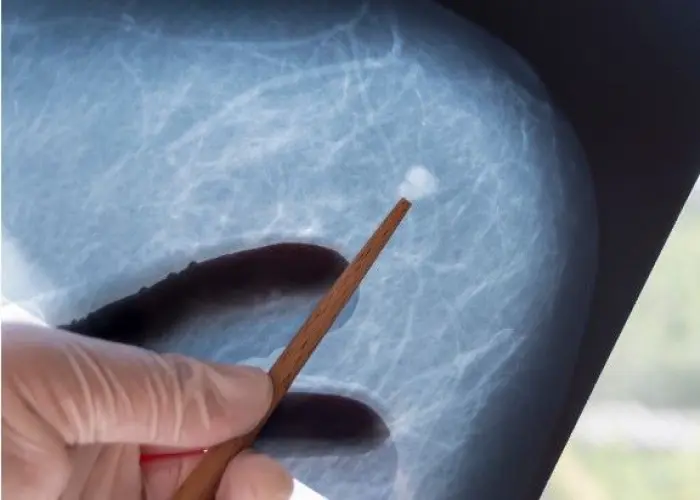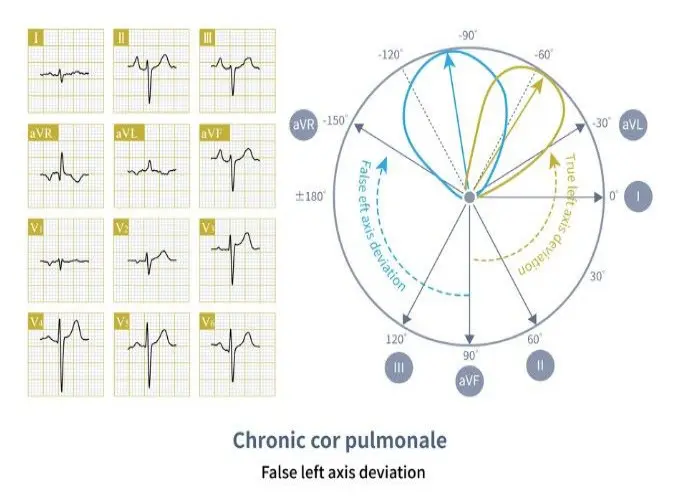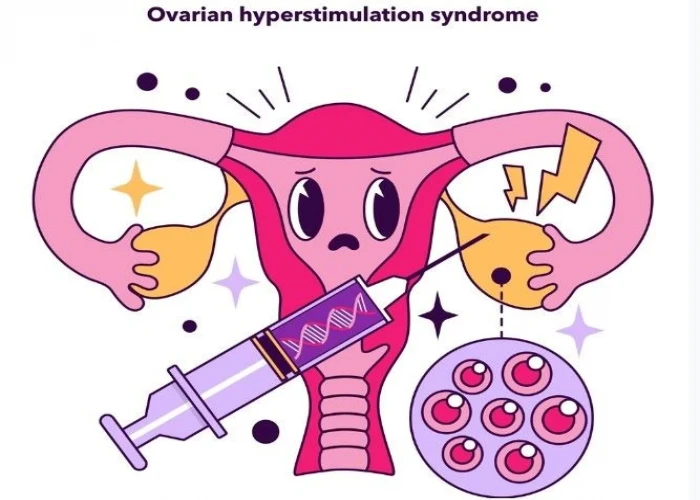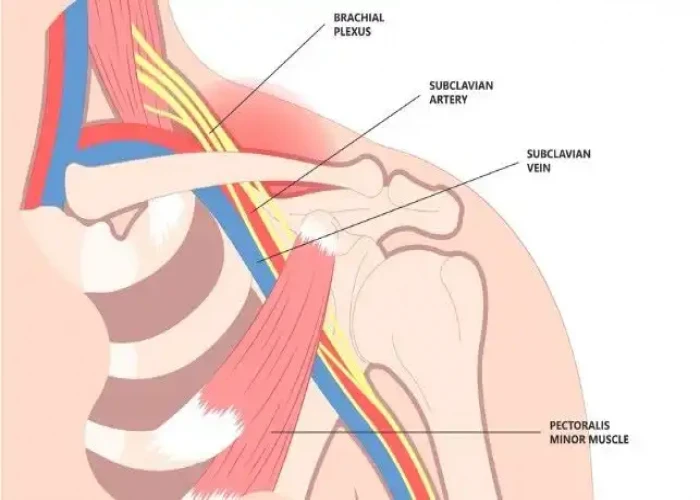 Welcome
Welcome
“May all be happy, may all be healed, may all be at peace and may no one ever suffer."
Thoracic outlet syndrome

Thoracic outlet syndrome (TOS) is a condition that occurs when the nerves and blood vessels that pass through a narrow passageway in the neck and shoulder, called the thoracic outlet, become compressed or irritated. This can cause a variety of symptoms, such as pain, numbness, and weakness in the arm, shoulder, and neck.
There are three types of TOS: neurogenic TOS, which affects the nerves passing through the thoracic outlet; vascular TOS, which affects the blood vessels passing through the thoracic outlet; and a mixed form of TOS, which affects both nerves and blood vessels.
The causes of TOS can vary, and may include trauma, repetitive strain, poor posture, or anatomical variations in the thoracic outlet. The diagnosis of TOS can be challenging, as symptoms can mimic those of other conditions, and several diagnostic tests may be required to confirm the diagnosis.
Treatment for TOS depends on the type and severity of the condition, as well as the underlying cause. Conservative treatments such as physical therapy, postural adjustments, and pain management techniques may be recommended for mild to moderate cases. For more severe cases or when conservative measures fail, surgery may be considered to relieve pressure on the affected nerves or blood vessels.
Prevention of TOS involves maintaining good posture, avoiding repetitive movements that put strain on the shoulders and neck, and seeking prompt medical attention for any symptoms that may indicate TOS or other similar conditions.
Research Papers
Disease Signs and Symptoms
- Numbness
- Weak or no pulse in the affected arm
- Lack of color (pallor) in one or more of fingers or entire hand
- Blood clot in veins or arteries in the upper area of the body
- Arm pain and swelling, possibly due to blood clots
- Muscle wasting in the fleshy base of thumb (Gilliatt-Sumner hand)
- Cold hands and feet
- Swollen arms or hands
- Arm or Hand pain
- Shoulder pain
- Neck pain
- Tingling sensation
- Weakness and numbness in arms
- Throbbing lump near the collarbone
Disease Causes
Thoracic outlet syndrome
Thoracic outlet syndrome is usually caused by compression of the nerves or blood vessels in the thoracic outlet, just under your collarbone (clavicle). The cause of the compression varies and can include:
- Anatomical defects. Inherited defects that are present at birth (congenital) may include an extra rib located above the first rib (cervical rib) or an abnormally tight fibrous band connecting your spine to your rib.
- Poor posture. Drooping your shoulders or holding your head in a forward position can cause compression in the thoracic outlet area.
- Trauma. A traumatic event, such as a car accident, can cause internal changes that then compress the nerves in the thoracic outlet. The onset of symptoms related to a traumatic accident often is delayed.
Disease Prevents
Thoracic outlet syndrome
If you're at risk for thoracic outlet compression, avoid repetitive movements and lifting heavy objects. If you're overweight, losing weight may help you prevent or relieve symptoms of thoracic outlet syndrome.
Even if you don't have symptoms of thoracic outlet syndrome, avoid carrying heavy bags over your shoulder, because this can increase pressure on the thoracic outlet. Stretch daily, and perform exercises that keep your shoulder muscles strong.
Daily stretches focusing on the chest, neck and shoulders can help improve shoulder muscle strength and prevent thoracic outlet syndrome.
Disease Treatments
In most cases, a conservative approach to treatment may be most effective, especially if your condition is diagnosed early. Treatment may include:
- Physical therapy. If you have neurogenic thoracic outlet syndrome, physical therapy is the first line of treatment. You'll learn how to do exercises that strengthen and stretch your shoulder muscles to open the thoracic outlet, improve your range of motion and improve your posture. These exercises, done over time, may take the pressure off your blood vessels and nerves in the thoracic outlet.
- Medications. Your doctor may prescribe anti-inflammatory medications, pain medications or muscle relaxants to decrease inflammation, reduce pain and encourage muscle relaxation. If there is a blood clot, your doctor may prescribe a blood-thinning medication.
- Clot-dissolving medications. If you have venous or arterial thoracic outlet syndrome and have blood clots, your doctor may administer clot-dissolving medications (thrombolytics) into your veins or arteries to dissolve blood clots. After you're given thrombolytics, your doctor may prescribe medications to prevent blood clots (anticoagulants).
Surgical options
Your doctor may recommend surgery if conservative treatments haven't been effective, if you're experiencing ongoing or worsening symptoms, or if you have progressive neurological problems.
A surgeon trained in chest (thoracic) surgery or blood vessel (vascular) surgery will perform the procedure.
Thoracic outlet syndrome surgery has risks of complications, such as injury to the brachial plexus. Also, surgery may not relieve your symptoms, and symptoms may recur.
Surgery to treat thoracic outlet syndrome, called thoracic outlet decompression, may be performed using several different approaches. These approaches involve removing a muscle and a portion of the first rib to relieve compression. You may also need surgery to repair compressed blood vessels.
In venous or arterial thoracic outlet syndrome, your surgeon may deliver medications to dissolve blood clots prior to thoracic outlet compression. Also, in some cases, your surgeon may conduct a procedure to remove a clot from the vein or artery or repair the vein or artery prior to thoracic outlet decompression.
If you have arterial thoracic outlet syndrome, your surgeon may need to replace the damaged artery with a section of an artery from another part of your body (graft) or an artificial graft. This procedure may be done at the same time as your procedure to have the first rib removed.
Disease Diagnoses
Disease Allopathic Generics
Disease Ayurvedic Generics
Disease Homeopathic Generics
Disease yoga
Thoracic outlet syndrome and Learn More about Diseases

Fibrous dysplasia

Congenital myasthenic syndromes

Child abuse

Cor Pulmonale

Adnexal tumors

Ovarian hyperstimulation syndrome

Neck pain

Acute flaccid myelitis (AFM)
Thoracic outlet syndrome, থোরাসিক আউটলেট সিন্ড্রোম
To be happy, beautiful, healthy, wealthy, hale and long-lived stay with DM3S.
